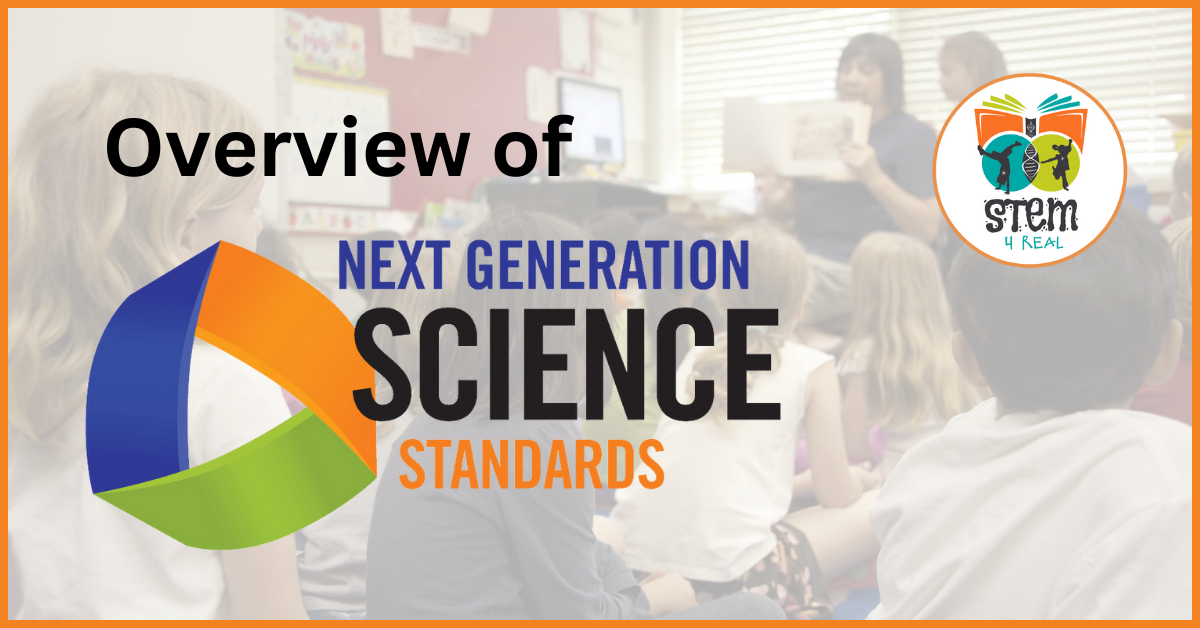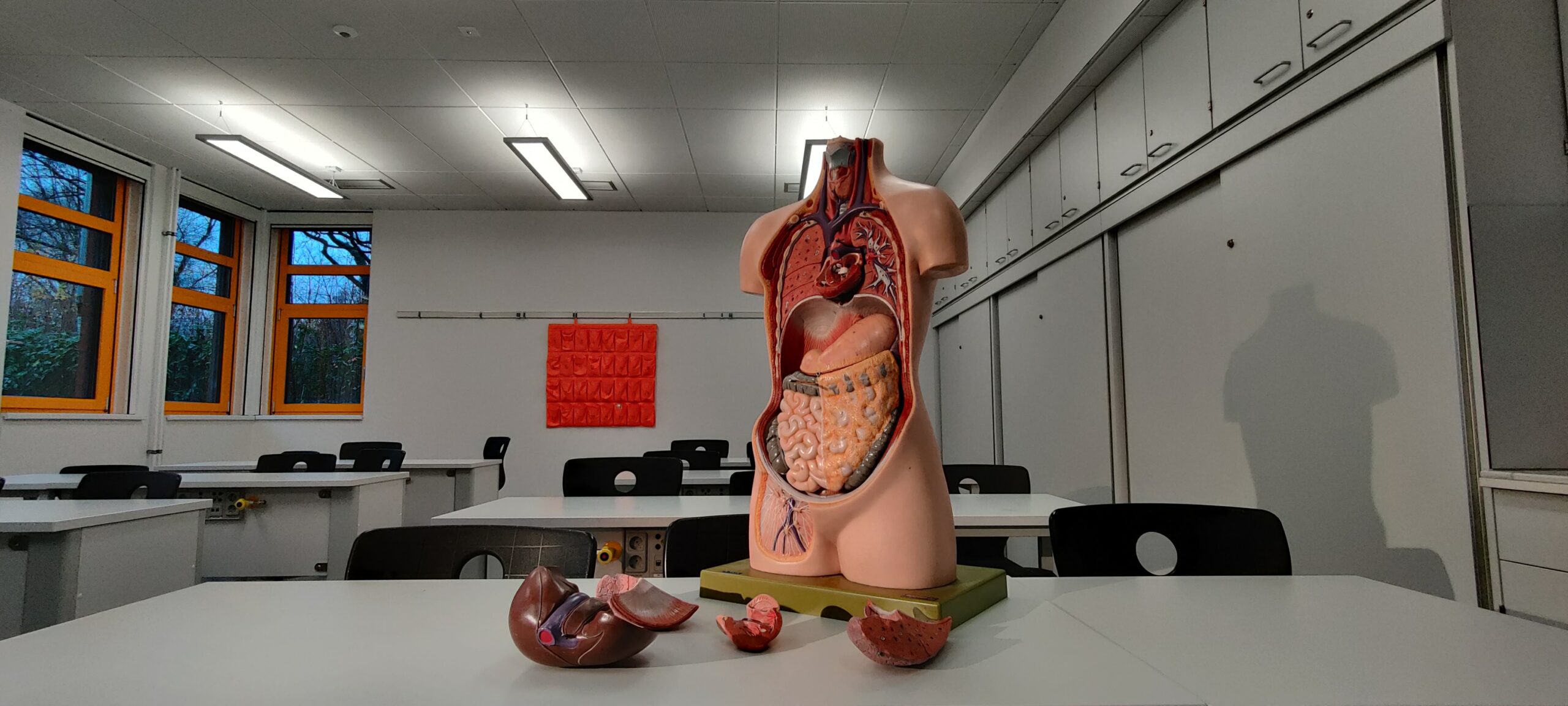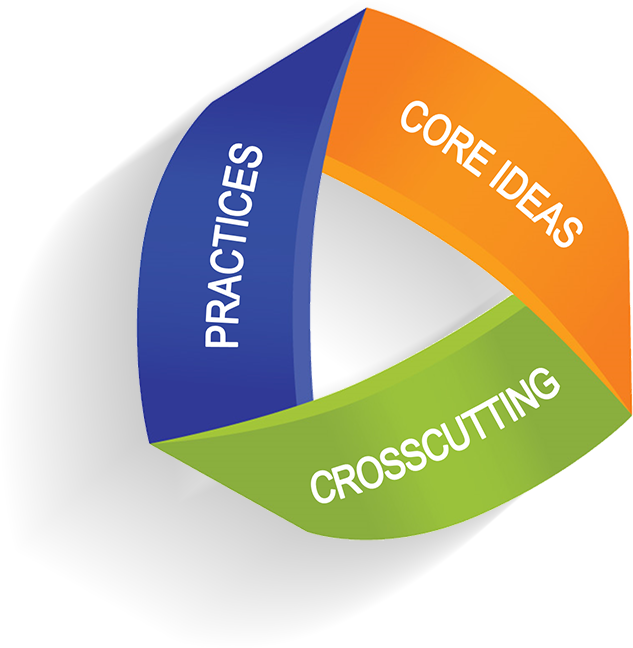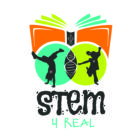Overview of Next Generation Science Standards (NGSS)

What are the NGSS?
The NGSS are standards with a purpose. The K-12 science content standards cover every grade and every scientific discipline, setting expectations for what students should know and be able to do in science.
A major difference between the NGSS and previous science standards is “three-dimensional” (3D) learning.

3D Learning

3D learning refers to the thoughtful and deliberate integration of three distinct dimensions:
- Scientific and Engineering Practices (SEPs),
- Disciplinary Core Ideas (DCIs), and
- Crosscutting Concepts (CCCs)
Click here to learn more about the 3 dimensions of NGSS.
Through 3D learning, the NGSS emphasize that science is not just a series of isolated facts. This awareness enables students to view science more as an interrelated world of inquiry and phenomena rather than a static set of science disciplines.
The NGSS represent a fundamental shift in science education and require a different approach to teaching science than has been done in the past.
Looking ahead, teachers can use a range of strategies to engage students and create opportunities to demonstrate their thinking and learning.
How will science education change with the NGSS?
-Science education will involve less:
Learning of ideas disconnected from questions about phenomena
Teachers providing information to the whole class
Teachers posing questions with only one right answer
Student reading textbooks and answering questions at the end of each chapter
Worksheets
Oversimplification of activities for students who are perceived to be “less able” to do science and engineering
+Science education will involve more:
Systems thinking and modeling to explain phenomena and to give a context for the ideas to be learned
Students conducting investigations, solving problems, and engaging in discussions with teacher guidance
Students discussing open-ended questions that focus on the strength of the evidence used to generate claims
Students reading multiple sources and developing summaries of information
Student writing of journals, reports, posters, and media presentations that offer explanations and arguments
Provision of supports so that all students can engage in sophisticated science and engineering practices
This information is from: National Research Council. (2015). Guide to Implementing the Next Generation Science Standards. Committee on Guidance on Implementing the Next Generation Science Standards. Board on Science Education, Division of Behavioral and Social Sciences and Education, Washington, DC: The National Academies Press.
